
Energy & Nutrients Food Web Dynamics


Energy & Nutrients Objectives:
-
Describe how energy flows and nutrients cycle within a food web.
-
Classify different types of dry and fleshy fruits.
-
Provide examples of different forms of fruit and seed dispersal.
A garden is the perfect place to explore how energy flows and nutrients cycle within a food web.
Energy Flows
Photosynthesis is carried out by most producers, and respiration is carried out in some form by all organisms (producers, consumers, and decomposers).
Producers convert sunlight energy into sugar molecular energy. When producers, consumers, and decomposers break down these sugars, the energy is converted to heat.
Energy is flowing through the system: entering as sunlight, traveling as sugar, and being lost as heat.


Although we typically think of plants when we think of photosynthesis, algae and photosynthetic bacteria play a significant role in sugar and oxygen production.
Nutrients Cycle
We continually need sunlight energy to replace the energy being lost as heat.
Nutrients are a different story.
Molecules are broken down into simpler forms by decomposers and recycled back to producers where they travel through the trophic levels over and over again.

In this video the concepts on this webpage get put together into a basic food web.
An additional group of organisms mentioned are the “detritivore” consumers that eat “detritus” (dead leaves, scat/fecal material, etc.). These include earthworms, some beetles, sowbugs, and more.
Masting year
In some years, fruit trees produce an abundant number of fruit, called a “masting” year. This was a masting year for our cherry trees.
The birds and fox left cherry pits in their scat. The next time you are out hiking, look for evidence of what animals are eating along the trail.
Fruit Structure and Function
From your own background knowledge; fruit develop from plants that have _____. What are the primary functions of fruit? _______
Answers: flowers; protect & disperse seeds
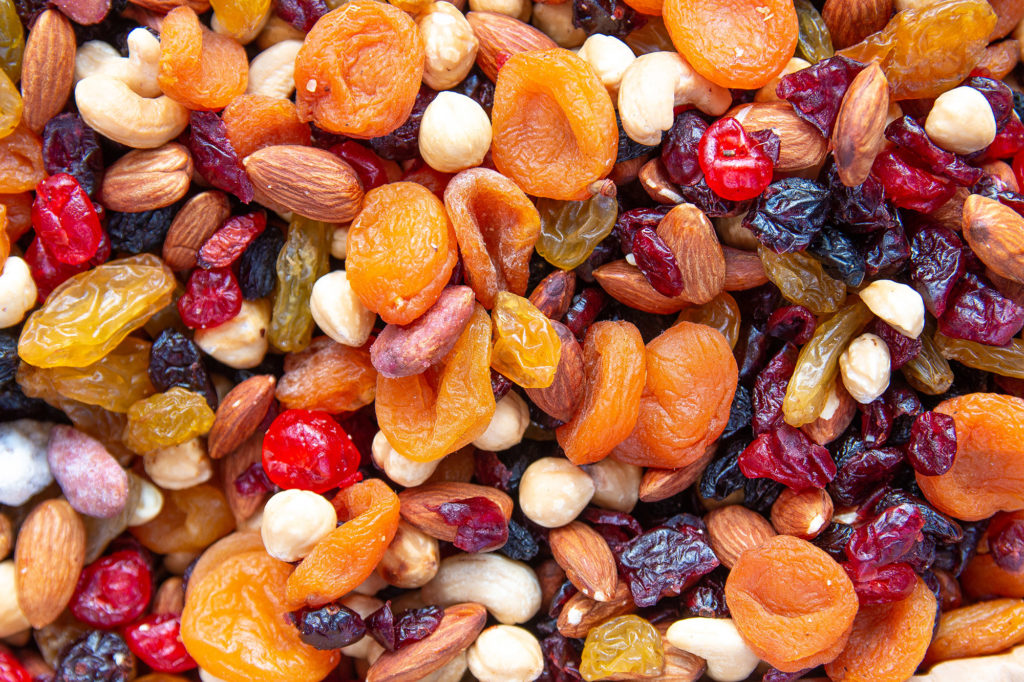
A fruit is a ripened (mature) ovary that protects and may disperse seeds. When the fruit ripens, it can be fleshy (moist) or dry.
There are two general categories of fleshy fruits (complex or simple) and two general categories of dry fruit (ones that rupture or others that don’t).
Fleshy Fruits – Simple
This video provides an overview of fleshy fruits.
Fleshy Fruits – Simple

Drupe
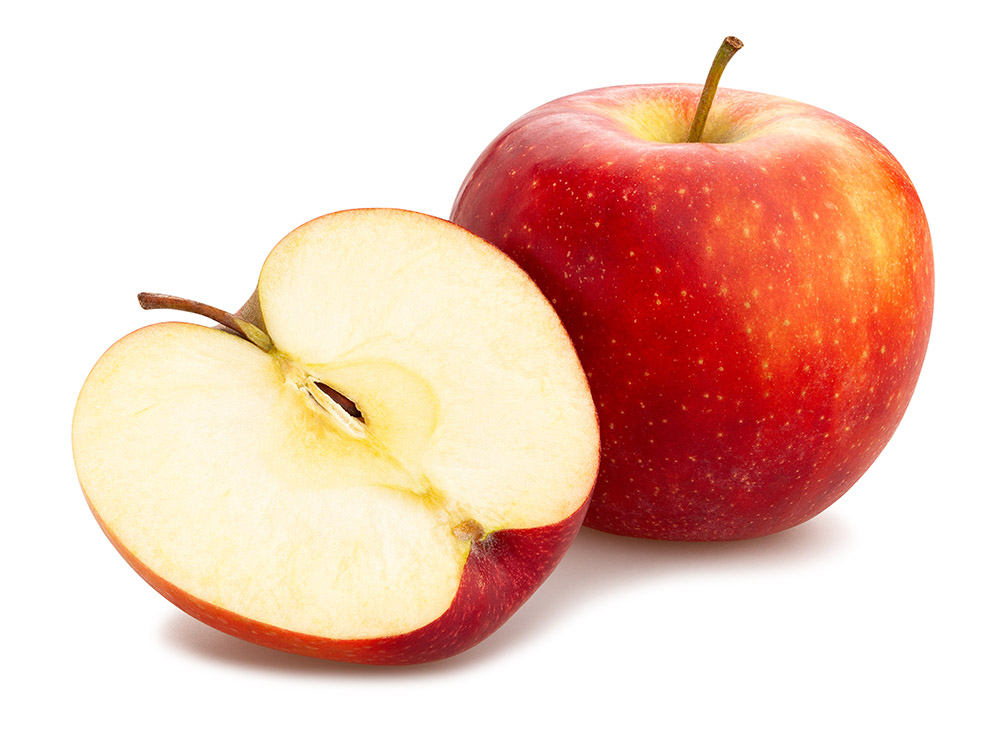
Pome

Berry

Hesperidium

Pepo
Different fruit structures can relate to the primary roles of a fruit: to protect and disperse the seeds.
Fleshy Fruits – Complex

Multiple Fruits
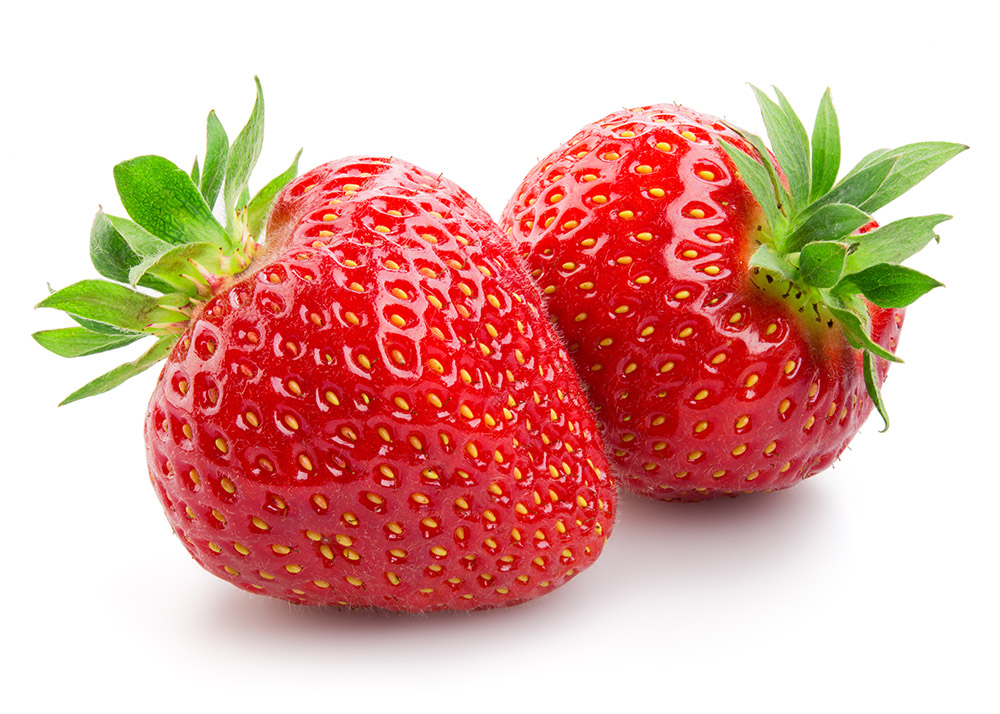
Aggregate Fruits
Are peppers fruits or vegetables?
Find out here.
Dry Fruits
This video provides an overview of dry fruits.
Dry Fruits – that do not rupture open
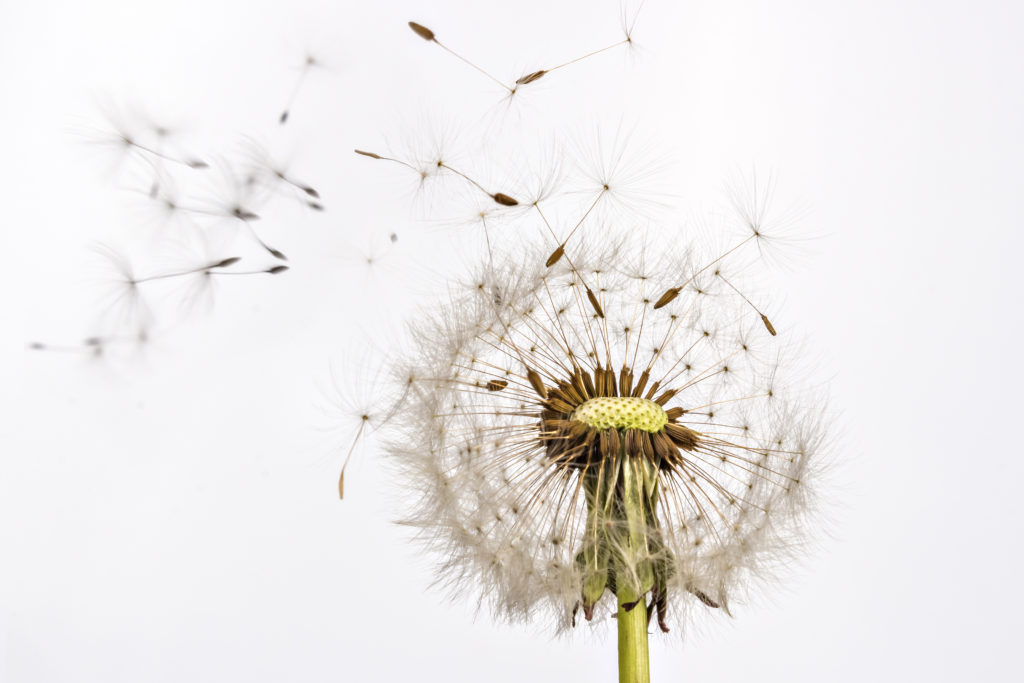
Achene

Samara
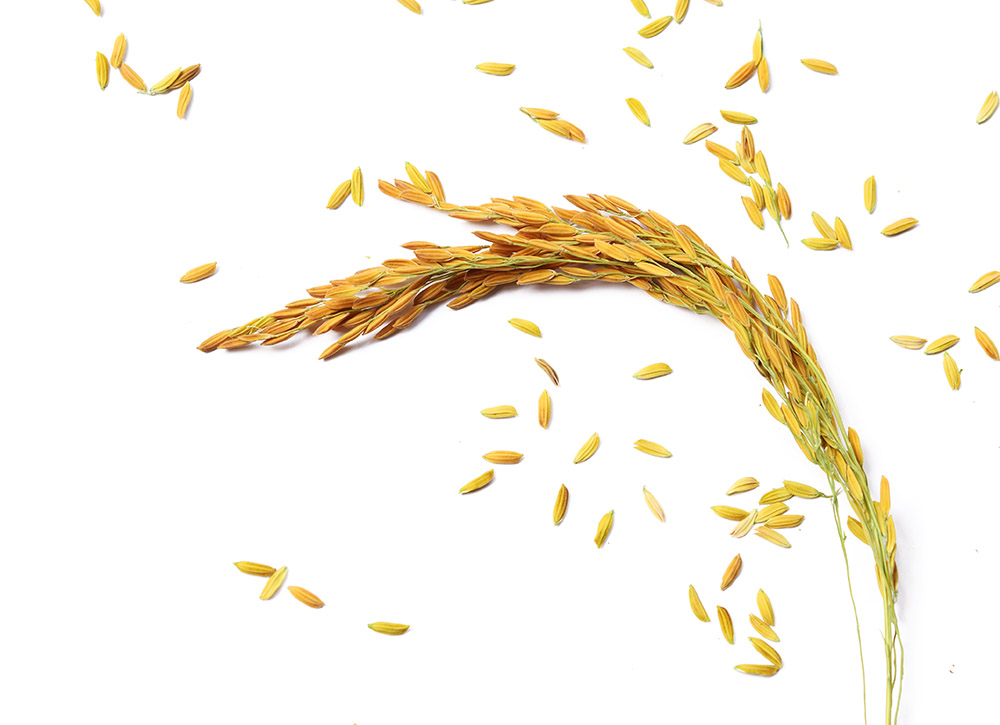
Caryopsis

Nut
Dry Fruits – that rupture open

Capsule

Legume
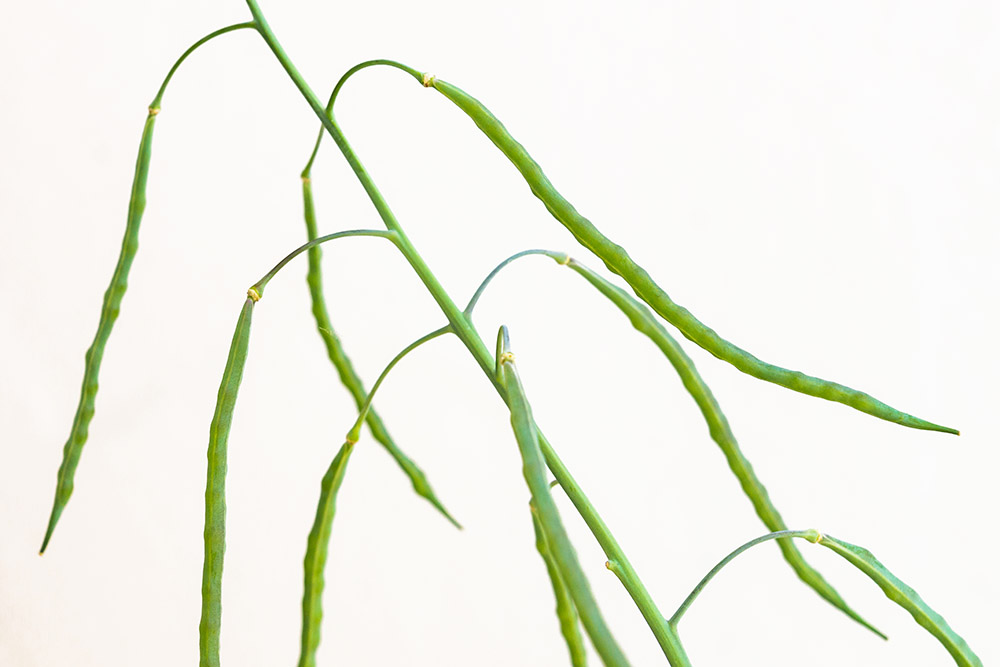
Silique
Check your knowledge: which of these are fleshy fruits and which are dry?
Dry fruits in the video are: nut, samara, achene, silicle, legume, capsule, caryopsis
Sometimes you get quiz cues directly in the Guide videos, like here:
Why may it be important for seeds to be dispersed far from a parent plant?
Fruit & Seed Dispersal
Fruits often have modifications that enable seeds to disperse far from the parent plant, reducing potential competition.
Six types of fruit (and seed) dispersal

Wind

Animals: Burrs and Stickseeds

Animals: Fleshy Fruit

Animals: Stored Nuts

Propulsion: Twisting

Propulsion: Ballisitics
This video uses specimens to demonstrate fruits dispersing seeds.
Himalayan blackberries are invasive species in many parts of the northern hemisphere, including the willamette valley. You can see both the flowers and developing fruit in this video.
How are these fruits likely dispersed?
Maple trees produce dry samara fruits. This video shows the fruit in action, aiding in seed dispersal.
Many people are planting milkweed seeds because some of the species play a critical role in butterfly life cycles. This video shows how they can spread through a field.
The next section focuses in on the decomposition process, including the role of fungi and bacteria.

Check your knowledge. Can you:
-
Describe how energy flows and nutrients cycle within a food web?
-
Classify different types of dry and fleshy fruits?
-
Provide examples of different forms of fruit and seed dispersal?



